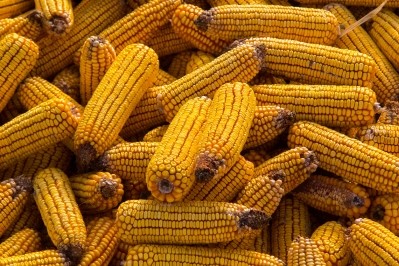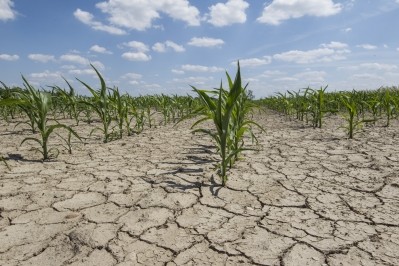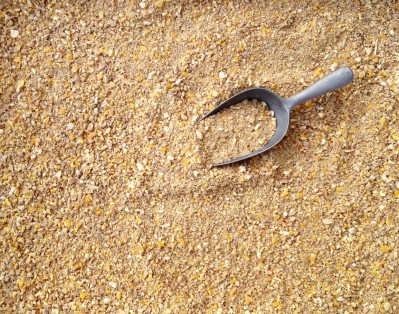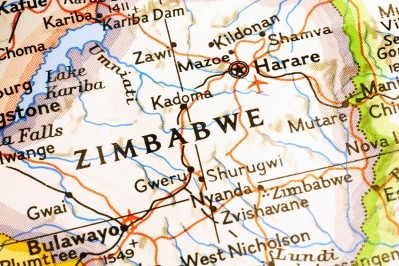US: What is the impact of multi-year droughts for feed production in California?

Tough growing conditions will linger for crop producers in California despite the recent rains, said Leonard Sahling, vice president of the Knowledge Exchange, and Dan Kowalski director of the Knowledge Exchange with CoBank in a report on the state.
“Even with the nearly-normal moisture delivered during the past six months, the state’s parched conditions are persisting,” they said. “Californians will continue to endure the lingering effects of the multi-year drought for the remainder of 2016 – and probably for the subsequent year or two as well.”
Animal producers, feed growers and other agribusinesses are likely going to see another series of water restrictions this year, even if not to the same level as previous years, they said. Some row crop land likely will be left fallow and feed prices could be more expensive than in other parts of the country, but production is expected to continue.
Milk is California's premier agricultural commodity, coming in ahead of almonds and grapes, according to statistics from California's Department of Food and Agriculture. Cattle husbandry is big business in the state and hay, mainly alfalfa for feed use, is ranked as California's tenth biggest agriculture commodity, and the biggest user of water by far of all crop cultivation in that state.
“The direct, drought-induced losses that the state’s growers, ranchers, and other agribusinesses will incur in 2016 should also be less than the $1.8bn in losses estimated to have occurred last year,” said Sahling and Kowalski. “We estimate that this year’s direct, drought-induced losses will amount to somewhere between $1bn and $1.5bn.”
Those damages are expected to be more concentrated in the central and southern parts of the state, they added.
Feed concerns
With the continued potential for water restrictions in some parts of the state is it anticipated that producers will shift resources toward crops with the highest returns like tree nuts, citrus and tree fruits, said Sahling and Kowalski. “It’s the growers of such field crops as corn, wheat, cotton, rice, hay, alfalfa, pasture, and beans who will likely be the hardest hit with the biggest losses by the continuing drought conditions persisting into 2016,” they added.
For the dairy and livestock industries there also could be an increase in the costs of regionally grown feed, they said.
“It is the dairy producers and livestock operations that are most at risk, as opposed to the processing sides of these industries,” they said. “In the current crop year, however, fewer acres of locally-grown feed are going to be fallowed than in the previous year, mitigating this risk to some extent.”
Although there is help from feed prices being low across the US, some feed inputs like silage would be difficult and potentially expensive to import, especially for dairy producers, report authors told us.
Drought considerations
It is expected that producers will have to draw more heavily on underground water reserves to make up for surface water restrictions, said Sahling and Kowalski in the report. In areas where irrigation water is not sufficient, producers will have several options including the ability to purchase additional water rights from others.
Feed crop growers and other producers can also cut back on the fields planted, they said. Last year about 540,000 acres of irrigated cropland were fallowed, it is anticipated that about 300,000 to 350,000 acres could see similar treatment this growing season.
“Growers can fallow some of their land and redirect the water that they would have used on those acres to more profitable crops planted in their own or others’ fields, particularly when the less profitable crops also happen to be the ‘thirstiest’ ones,” they said. “Plus, many growers will discover – as they did last year – that they can earn more money by selling their water rights than they can by farming the land.”
Producers also can pick other crops to plant, although the change may mean needing to acquire new knowledge or farm equipment, they said.












